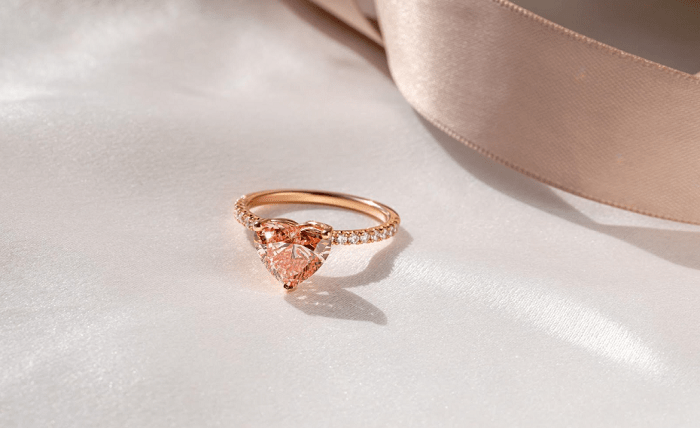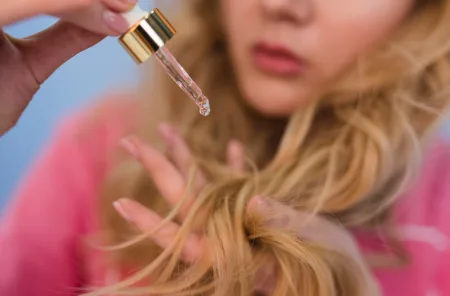Pink lab-created diamonds are becoming a popular option for people looking for high-quality and sustainably sourced diamonds. These gorgeous stones provide an eco-friendly and sustainable substitute for real pink diamonds, while still displaying the captivating charm of the original stone. This post will explore the six intriguing processes of creating pink lab-created diamonds, from their conception as brilliant pieces of art to their creation in the lab. When purchasing diamonds, one should keep certain things in mind, such as carat and cttw diamond.
-
Seed Formation
A tiny seed crystal, also known as a diamond seed, is the starting point of a pink lab diamond. Usually, a little fragment of synthetic or real diamond ground is used to create these seeds. Diamond seeds are carefully chosen and prepared to act as the starting point for the creation of the lab-created diamond using cutting-edge technology.
-
Chemical Vapor Deposition (CVD) Process
Chemical vapor deposition (CVD) is one of the most widely used techniques for producing lab-created diamonds, particularly pink diamonds. In this procedure, a vacuum chamber containing the diamond seed is filled with a mixture of gasses, usually hydrogen and methane. The gasses are broken down under carefully regulated pressure and temperature settings, releasing carbon atoms that stick to the diamond seed’s surface layer by layer and progressively crystallize into the diamond.
-
High Pressure, High Temperature (HPHT) Process
The high-pressure, high-temperature (HPHT) procedure is another way that lab-created diamonds are made. In this method, a small diamond seed is heated to extremely high temperatures and pressures in a pressured chamber with a carbon source, such as graphite. The carbon atoms in the graphite are forced to bond under these extreme circumstances. The final product is a diamond that has been carefully cut and polished to bring forth its natural brilliance and glitter.
-
Pink Coloration
During the diamond development process, an accurate and regulated technique of adding particular impurities is used to generate the desired pink tint characteristic of pink lab-created diamonds. One popular technique is to add trace amounts of boron to the diamond lattice structure, where it interacts with the carbon atoms to give the structure a pink tint. Alternatively, the diamond’s color can be changed by heating and irradiation, producing an amazing range of pink tones from soft pastels to strong vibrant colors.
-
Cutting and Polishing
The pink lab-created diamond is carefully cut and polished to increase its brilliance and fire once it reaches the appropriate size and color. Skilled diamond cutters facet a diamond to bring out its inherent brilliance and maximize its sparkle using precise equipment and methods. The diamond shines with unmatched brilliance and grace because each facet is expertly aligned and polished.
-
Ethical and Sustainable Sourcing
The ethical and sustainable sourcing of lab-created diamonds, such as pink diamonds, is one of its main benefits. Lab-created diamonds are made in controlled laboratory environments using sustainable methods, compared to real diamonds, which are frequently mined under conditions that harm the environment and may be connected to unethical issues like violations of human rights. Diamond lovers can enjoy the beauty of pink diamonds with the assurance that their purchase supports moral and environmentally conscious business practices by selecting lab-created diamonds.
Conclusion
The appealing combination of beauty, sustainability, and ethical sourcing is given away by pink lab-created diamonds. The process of turning pink lab-created diamonds from their beginnings in the lab to their amazing transformation into works of beauty is an exciting one that blends cutting-edge science and painstaking artistry. Pink lab-created diamonds are a truly shining example of innovation and sustainability in the fine jewelry industry, with their superb color, brilliance, and environmental benefits.



